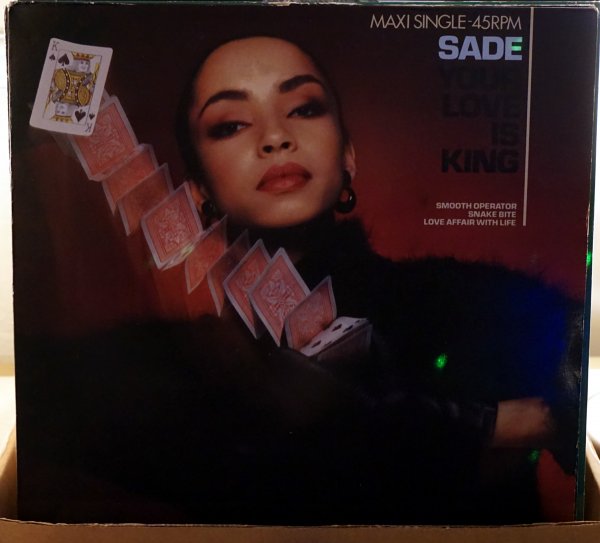Press Release: The fully customizable Genesis Fortè at CES 2016 in Las Vegas
- Thread starter garylkoh
- Start date
You are using an out of date browser. It may not display this or other websites correctly.
You should upgrade or use an alternative browser.
You should upgrade or use an alternative browser.
Another one of my favourite albums, this one features the mellifluous voice of Sarah Vaughan - although she looks like James Brown in this really horrible picture and cover art. Some of my favourite international jazz artists including Canadian Oscar Peterson on piano, Sicilian Joseph Anthony Jacobi Passalacqua on guitar, Italian Luigi Paulino Alfredo Francesco Antonio Balassoni on drums and Ray Brown on bass.
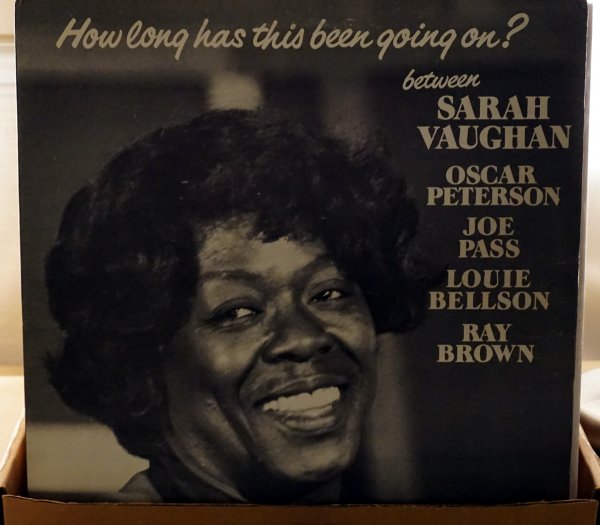
One of my favourite pianists - Oscar Peterson. This is a mostly-solo album recorded in the living room of Hans Georg Brunner-Schwer and released by MPS records. Peterson said that they were among his best recordings due to the intimate recording environment and Brunner-Schwer's pursuit of perfection as a sound engineer and producer.
This album - volume 4 of the original 1968 release - should be in the core collection of any Oscar Peterson fan, and indeed in the core collection of any fan of jazz.
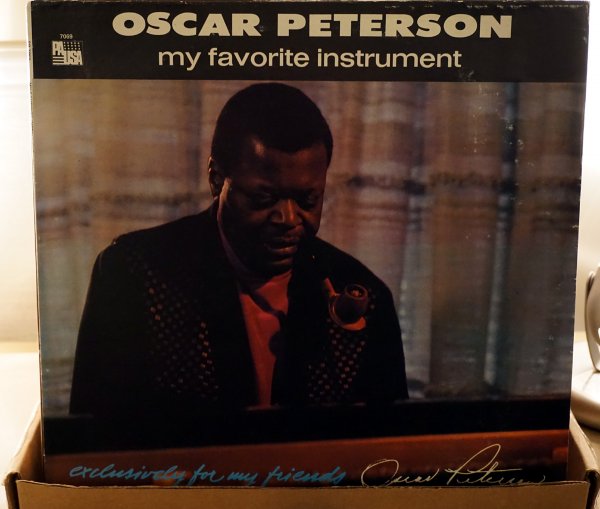
I don't know what to say about this next album besides - make sure you have PLENTY of power, and your speakers are competent.
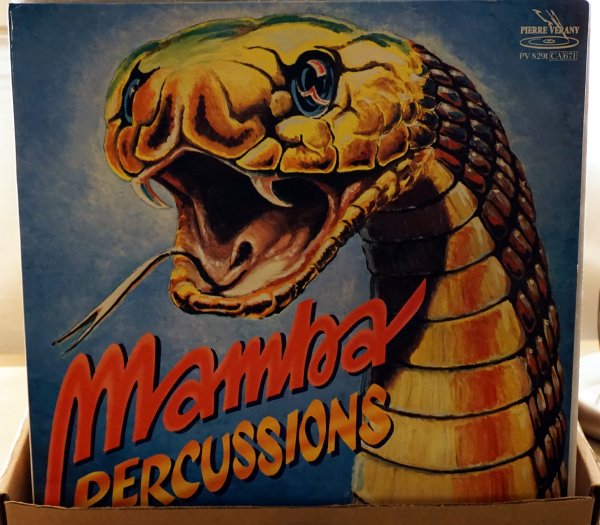

One of my favourite pianists - Oscar Peterson. This is a mostly-solo album recorded in the living room of Hans Georg Brunner-Schwer and released by MPS records. Peterson said that they were among his best recordings due to the intimate recording environment and Brunner-Schwer's pursuit of perfection as a sound engineer and producer.
This album - volume 4 of the original 1968 release - should be in the core collection of any Oscar Peterson fan, and indeed in the core collection of any fan of jazz.

I don't know what to say about this next album besides - make sure you have PLENTY of power, and your speakers are competent.

Excellent suggestion. I was wondering what else to buy after settling the grief with my credit card company blocking my purchases from there. Fascinating write-up on the production of the digital version:
http://www.naimlabel.com/recording-meet-me-in-london-192.aspx
---
The Technical Process
The original album was recorded on 24-track Ampex tape in analogue and without any Dolby noise reduction at September Sound in Twickenham, by Peter Williams. The playback of the analogue masters and capturing as 24bit digital WAV files was being undertaken at the famous Strongroom Studios in London. Fortunately, the master tapes were found to be in good condition and did not require any oven baking to consolidate the oxide layer - a problem that can plague old masters.
The process of capturing the digital WAV files in 24bit resolution at 192kHz in Pro-Tools began by playing the original masters on a Studer A800 MKII analogue tape machine. The A800 is universally regarded as one of the most faithful and accurate 2-inch reel-to-reel tape machines ever built.
The playback feed from the Studer was carefully aligned to the original tapes using the test tones recorded at the time, was routed into a Digidesign analogue to digital converter and monitored via Digidesign D-Control ES mixing console. This state-of-the-art console is fully integrated with Pro-Tools HD, enabling control of the recording to be undertaken either via the console or from within Pro-Tools itself. The captured 24bit/192kHz WAV sound files were saved to hard disk.
The next step of the process was to convert the digital files back into analogue to enable them to be mixed on a Neve analogue mixing console. Why not just use the original analogue master on the Neve and avoid all the A-D and D-A conversion? Given their 14-year age it was considered that the tapes wouldn't have survived the repeated playback required during mixing. Making a duplicate analogue master and mixing from that would have introduced additional tape noise, which would have been obvious on 24-bit/192kHz playback. Alternatively mixing on the Digidesign console entirely in the digital domain would have meant using certain plug-ins that only operate at 16- or 24bit/44.1 or 48 kHz and would have necessitated down-conversion of the digital signal. None of these other options were considered desirable from a sound quality point of view.
The Neve was chosen for mixing because of its superb sound quality. The Apogee Symphony was used post mix to convert back to digital as it interfaces directly with Pro-Tools HD and sounds fabulous and Tony did not want to feed the audio back through the same converter twice.
Mastering again presented questions in whether to convert to analogue to apply final EQ and limiting or to stay within digital but with a smaller choice of tools. Listening tests determined that staying in digital was the obvious choice - a decision made easier by the availability of the excellent Sonnox plug-ins that are capable of supporting 24bit/192kHz. The plug-ins were used to add slight touches of EQ and gentle limiting to maximise the overall musical presentation.
As Antonio Forcione says "Remixing Meet Me in London was a very rewarding experience. Listening back to it now is like observing a starry night through a very powerful telescopic lens - suddenly you see things you didn't realise were there in the first place ... Amazing!!"
Thanks. It wasn't just the speakers - they are the end of the chain, and any weak spot would have shown through. Bob supplied the Transfiguration Proteus cartridge - and that's phenomenal.
Bob told me the new cartridge was the bomb....
Thanks for continuing the themeI don't know what to say about this next album besides - make sure you have PLENTY of power, and your speakers are competent.
Thanks for continuing the theme. I am hunting these down and this one I can only find used for $15. So I ordered it that way even though it is a bit much for a used title.
Some titles can cost a bit if they are OOP, rare and desirable.
The CD I played a lot when saxophone is requested was this one.
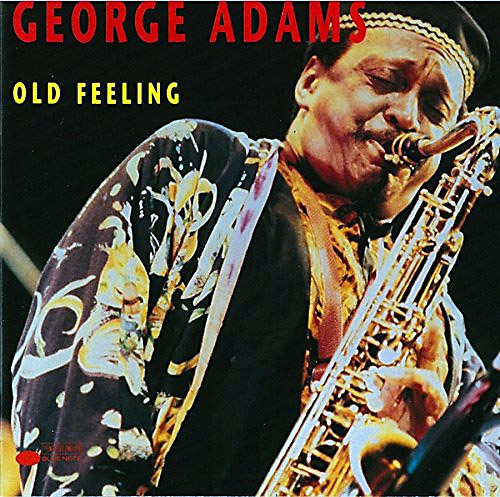
We played quite a bit of digital this year as we all enjoyed listening to the Muse. The digital equivalent to the Sarah Vaughan album I posted above is this one:
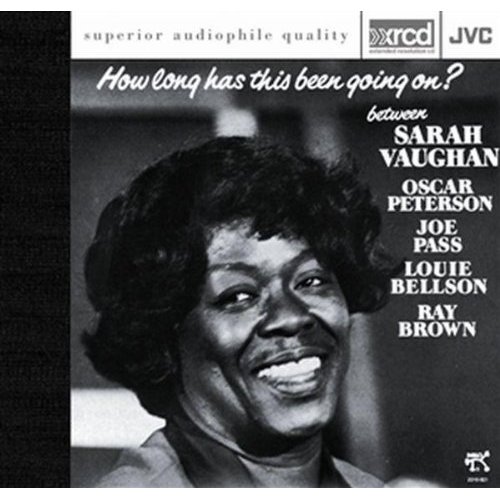
Let's forget about Adams for a moment. Who is this piano player dude? I didn't know you could even get such sounds out Piano!Some titles can cost a bit if they are OOP, rare and desirable.
The CD I played a lot when saxophone is requested was this one.
View attachment 25188
Is Don Pullen worth investing in? It seems so
BTW, you are right. This is also an expensive purchase and unfortunately not available at download sites.
Bought it used on Amazon for $23. http://www.amazon.com/gp/offer-list...d_used_olp_sr?ie=UTF8&condition=used&qid=&sr=
Gary: Sounds like you had a great time at CES. Thank you so much for all the music selections! I'd forgotten about some of these artists are until your post (Oscar, Eva, Jimmy). You've kept me quite busy on Discogs for the last hour.
I must hear the Genesis speakers sometime. I will tell you I have read the 1.2 manual very carefully as there's terrific setup / listening ideas for anyone who owns planars.
I must hear the Genesis speakers sometime. I will tell you I have read the 1.2 manual very carefully as there's terrific setup / listening ideas for anyone who owns planars.
Gary: Sounds like you had a great time at CES. Thank you so much for all the music selections! I'd forgotten about some of these artists are until your post (Oscar, Eva, Jimmy). You've kept me quite busy on Discogs for the last hour.
I must hear the Genesis speakers sometime. I will tell you I have read the 1.2 manual very carefully as there's terrific setup / listening ideas for anyone who owns planars.
Barry, glad that you are re-discovering music!
Here's some more information on set-up (including the music I use as references):
http://genesisloudspeakers.com/whitepaper/Genesis_Loudspeaker_Setup_Procedure.pdf
Long ago, at a time that What's Best Forum just started, we had a spirited discussion about loudspeaker set-up and how important it was to move the speakers by no more than 1/4-inch at a time. Unfortunately, I don't think it was a thread I started, and I can't find it.
Gary, I always love to see your music selections...they are among the very best.
Glad you enjoyed them. I see you're back. It's good to be back.
Glad you enjoyed them. I see you're back. It's good to be back.
Gary, you are always a top gentleman with the utmost positive attitude on all things life; including the music selections you share and your world's experience with loudspeakers and music lovers. It is a great immense pleasure to read your posts and a privilege to reply.
Yes, your music ? selections are an inspiration because when listening to them it puts me right in synchronicity with the world I love.
Hey how about me? I also said they had phenomenal sound at CES.
Thanks, Amir. Thanks for joining us for an evening of music - my customers also told me that you were an interesting guy to get to know..... and I'm already on Benecol. Let's see how that works out.
Similar threads
- Replies
- 0
- Views
- 174
- Replies
- 0
- Views
- 664
- Replies
- 7
- Views
- 2K
- Replies
- 1
- Views
- 668
| Steve Williams Site Founder | Site Owner | Administrator | Ron Resnick Site Owner | Administrator | Julian (The Fixer) Website Build | Marketing Managersing |


